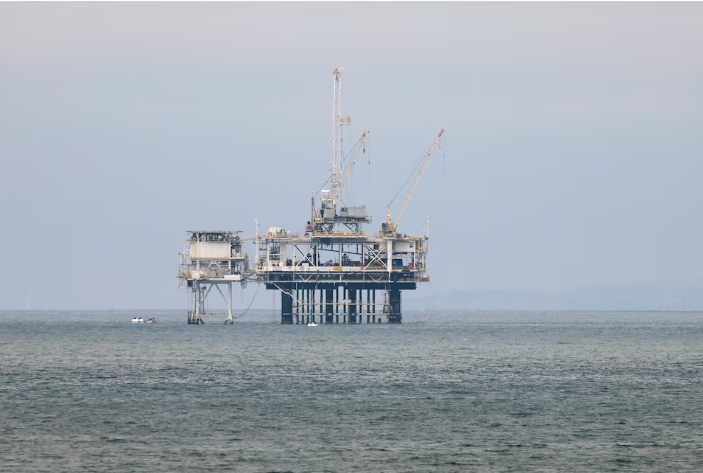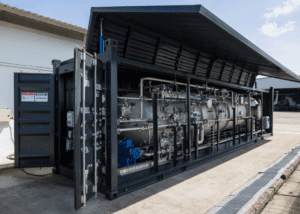
The oil and gas rig count, an early indicator of future output, rose by two to 586 in the week to July 19, its highest since late June. , ,
Despite this week's rig increase, Baker Hughes said the total count was still down 83 rigs, or 12%, below this time last year.
Baker Hughes said oil rigs fell by one to 477 this week, their lowest since December 2021, while gas rigs rose by three to 103, their highest since mid May.
Drillers added two rigs in California, bringing the total in the state up to seven, the most since October 2022, while in Oklahoma, energy firms cut one rig, bringing the total in the state down to 33, the lowest since September 2021.
The oil and gas rig count dropped about 20% in 2023 after rising by 33% in 2022 and 67% in 2021, due to a decline in oil and gas prices, higher labor and equipment costs from soaring inflation and as companies focused on paying down debt and boosting shareholder returns instead of raising output.
Rival top U.S. oilfield service firms SLB (SLB.N), opens new tab and Halliburton (HAL.N), opens new tab on Friday warned of softer activity in North America for the second half of this year.
U.S. oil futures were up about 12% so far in 2024 after dropping by 11% in 2023, while U.S. gas futures were down about 16% so far in 2024 after plunging by 44% in 2023.
That increase in oil prices should encourage drillers to boost U.S. crude output from a record 12.9 million barrels per day (bpd) in 2023 to 13.3 million bpd in 2024 and 13.8 million bpd in 2025, according to the latest U.S. Energy Information Administration (EIA) outlook.
On the gas side, several producers reduced spending on drilling activities earlier in the year after prices dropped to 3-1/2-year lows in February and March.
That drilling decline should cause U.S. gas output to slide to 103.5 billion cubic feet per day (bcfd) in 2024, down from a record high of 103.8 bcfd in 2023, according to the EIA.





